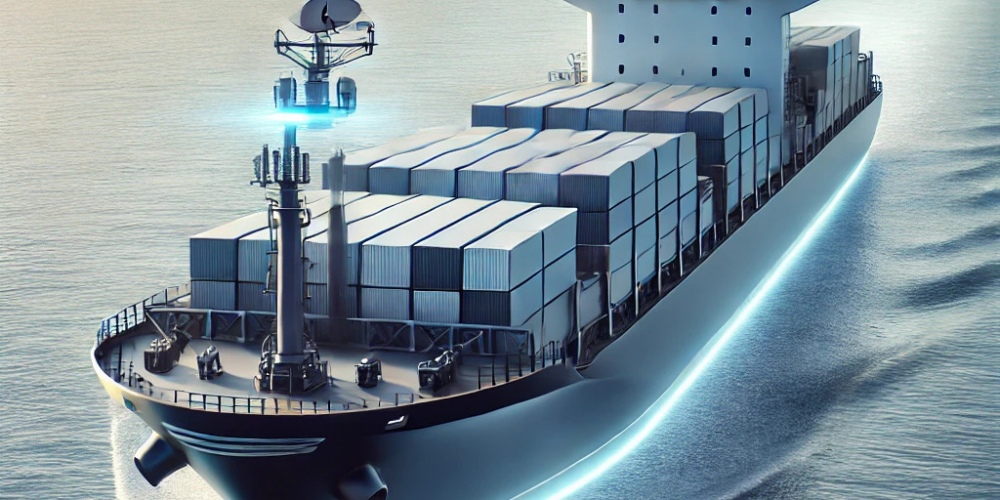
The maritime industry is witnessing a technological revolution with the advent of autonomous ships, poised to redefine the future of sea transportation. Autonomous vessels are equipped with advanced AI, IoT, and sensor technologies, enabling them to operate with minimal or no human intervention. As this technology advances, autonomous ships promise increased efficiency, safety, and sustainability, offering substantial benefits to the global shipping industry.
What are Autonomous Ships?
Autonomous ships are vessels designed to navigate, operate, and perform various maritime tasks with reduced human intervention. These ships leverage artificial intelligence, machine learning, and robotics to make independent decisions about navigation, speed, and route optimization. Depending on the level of autonomy, these ships can be remotely controlled by operators on land or function entirely independently, using onboard systems to respond to changing conditions.
Key Technologies Powering Autonomous Ships
Autonomous ships are powered by a range of cutting-edge technologies:
- Artificial Intelligence (AI): AI systems allow ships to process large amounts of data, predict and adapt to weather patterns, avoid obstacles, and optimize routes for maximum efficiency.
- IoT and Sensors: These ships are equipped with sensors and IoT devices that continuously monitor the ship's environment and machinery, providing real-time data on everything from water depth to equipment status.
- Machine Learning Algorithms: These algorithms enable autonomous ships to "learn" from past voyages, improving their decision-making capabilities over time.
Benefits of Autonomous Ships for the Maritime Industry
Autonomous ships bring a multitude of benefits to the maritime industry:
- Increased Safety: By reducing the need for human presence on board, autonomous vessels minimize the risk of accidents caused by human error. Advanced sensors and real-time monitoring allow these ships to detect and respond to potential hazards, ensuring safer journeys.
- Cost Efficiency: Autonomous ships reduce labor costs and improve fuel efficiency through optimized route planning and speed adjustments. This can lead to significant cost savings for shipping companies over time.
- Environmental Sustainability: Autonomous vessels can be programmed to follow environmentally friendly practices, such as optimizing fuel use and minimizing emissions. In addition, data from IoT devices helps maintain the ship's energy efficiency, contributing to a lower carbon footprint.
Challenges Facing Autonomous Ships
While autonomous ships offer exciting potential, there are several challenges that the industry must address:
- Regulatory Frameworks: The development of international regulations and standards for autonomous ships is still in progress. Clear guidelines on safety, accountability, and operation are essential for the widespread adoption of autonomous vessels.
- Cybersecurity Risks: Autonomous ships rely heavily on digital systems, making them vulnerable to cyberattacks. Ensuring the security of these vessels against cyber threats is a critical priority.
- Public Acceptance and Employment Impact: The adoption of autonomous technology may face resistance due to concerns over job losses within the maritime industry and the perception of safety. Public education and collaboration with maritime workers will be important for smooth integration.
The Future of Autonomous Ships
The journey towards fully autonomous ships is gradual, with some vessels already operating semi-autonomously. Major shipping companies and maritime technology firms are investing heavily in autonomous ship technology, and pilot projects are underway across the globe. As technology and regulations evolve, autonomous ships are expected to become a common sight in the next decade, transforming the landscape of maritime transport.
In conclusion, autonomous ships represent a major leap forward in maritime innovation, offering a glimpse into the future of a more efficient, safer, and sustainable shipping industry. The coming years will be crucial as companies, regulatory bodies, and technology providers work together to bring this vision of autonomous sea transport to life.


